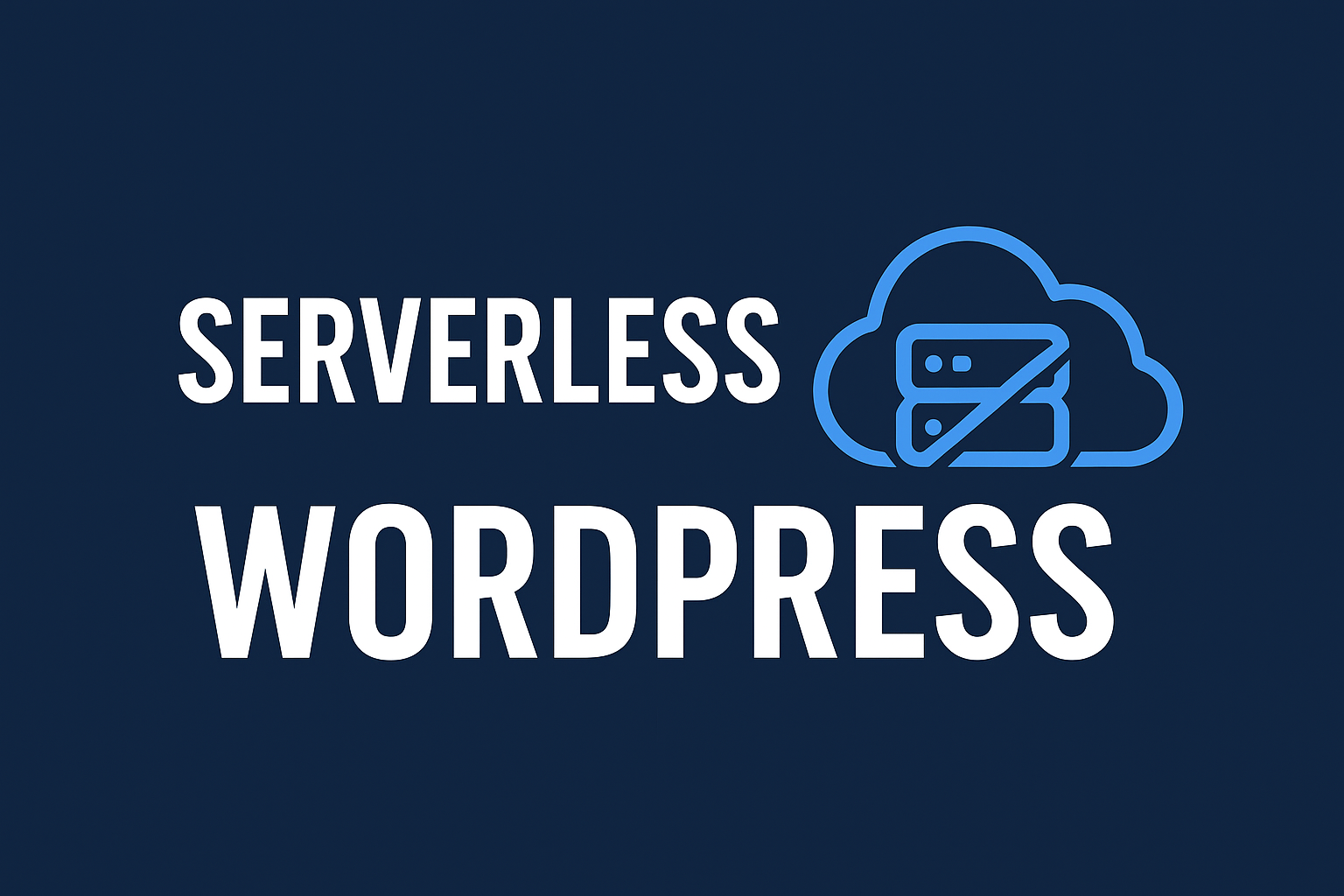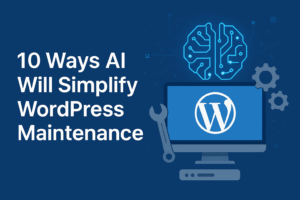Serverless WordPress: Running Without Traditional Hosting
Introduction
What if you could run WordPress without a single web server — no cPanel, no VPS, no shared hosting? Thanks to serverless technology, that’s now a reality. In 2025, developers are deploying WordPress on AWS Lambda, Cloudflare Workers, and Vercel to create ultra-fast, scalable, and cost-efficient setups. This article will show you how “Serverless WordPress” works and why it might redefine plugin and site performance forever.
☁️ What Does “Serverless” Really Mean?
Despite the name, serverless doesn’t mean no servers — it means you don’t have to manage them. Your code runs on demand, only when needed, in short bursts of execution time.
Instead of paying for a 24/7 server, you pay only for the milliseconds your WordPress functions are active. The infrastructure scales automatically — zero traffic, zero cost.
- No maintenance: No OS updates, no Nginx/Apache tuning.
- Auto-scaling: Instantly handles thousands of requests.
- Pay-per-use: Costs scale down to zero when idle.
🧩 How WordPress Can Go Serverless
WordPress was designed for traditional hosting — PHP, MySQL, Apache. But with modern tooling, it can be adapted for a serverless world. Here’s how:
1️⃣ Database Layer
Replace MySQL with a serverless database like:
- Aurora Serverless (AWS) – MySQL/PostgreSQL compatible, scales on demand.
- PlanetScale – serverless MySQL built on Vitess.
- Supabase or Neon.tech – Postgres with instant scaling.
2️⃣ PHP Execution Layer
Traditional PHP hosting runs continuously — but in serverless mode, PHP executes only when a request arrives. The magic comes from:
- AWS Lambda + Bref (a PHP runtime for Lambda).
- Cloudflare Workers – runs lightweight PHP through WebAssembly.
- Vercel or Netlify Functions – perfect for APIs or headless WordPress setups.
# Example: deploy PHP to AWS Lambda
composer require bref/bref
vendor/bin/bref init
serverless deploy
Voilà — your PHP functions now run serverlessly!
🔗 Step-by-Step: Deploy WordPress Serverlessly on AWS
- 🧱 Containerize WordPress — use Docker or Laravel Vapor-style structure.
- ⚙️ Use Bref to adapt PHP for Lambda.
- 💾 Use Aurora Serverless for the database.
- 📦 Store uploads on Amazon S3 or Cloudflare R2.
- 🚀 Distribute via CloudFront CDN for speed and global reach.
This setup eliminates the need for a traditional host, yet delivers faster, more reliable performance.
⚡ Benefits of Serverless WordPress
- Scalability: Automatically adjusts to traffic spikes.
- Speed: Edge functions reduce latency globally.
- Cost-efficiency: Pay only for usage — ideal for low-traffic sites or experimental plugins.
- Eco-friendly: Reduced idle energy consumption.
For plugin developers, serverless also means less support hassle — your API endpoints stay up even when traffic surges.
🧠 Ideal Use Cases
- Headless WordPress: Use WordPress only as a CMS API backend, hosted serverlessly.
- Plugin APIs: Move resource-intensive plugin functions (like analytics or optimization) to serverless APIs.
- Microservices: Split large plugins into modular functions, each serverlessly deployed.
Example: A plugin that runs AI image analysis can send tasks to Lambda instead of overloading PHP servers.
💡 Real-World Example: WP Serverless Stack
WP Serverless Stack is an emerging open-source initiative combining:
- WordPress core deployed on Lambda
- Aurora Serverless for data
- S3 + CloudFront for media
- CI/CD via GitHub Actions
It’s not yet mainstream — but it’s a glimpse of WordPress’ future: distributed, dynamic, and infrastructure-free.
🔒 Security & Limitations
Serverless WordPress offers enhanced isolation and auto-updated runtimes — but also introduces challenges:
- Cold starts: First requests may be slightly slower.
- Persistent connections: Not ideal for long-running PHP tasks.
- Complex setup: Requires knowledge of AWS or edge environments.
However, modern caching and edge execution layers (like Cloudflare Workers) are rapidly solving these issues.
🌍 The Future of WordPress Hosting
Serverless is not just another buzzword — it’s a paradigm shift. With more cloud platforms supporting PHP, we’re entering the era of WordPress without servers.
By 2025, expect most premium plugins and APIs to run serverlessly — delivering instant scalability and near-zero downtime.
🎯 Conclusion
Serverless WordPress changes how we think about deployment. No hosting panels, no uptime worries — just functions, APIs, and pure scalability. For developers, it’s the ultimate freedom: focus on code, not servers.
It’s time to imagine a world where WordPress doesn’t need to “run” 24/7 — it just responds, instantly, when called.
📚 Related Articles:
- WordPress + WebAssembly: The Future of Plugin Performance
- From Plugin to SaaS: How to Turn Your WordPress Plugin into a Cloud App
Published by Plugintify — The Hub for WordPress Plugin Developers.




